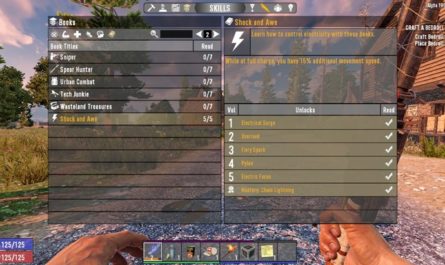

One 2020 Kickstarter campaign later, and the devs had the funds they needed to hone their fighting sim to perfection. We wish to encourage players to fight to their instincts and learn to use these advantages and similar mechanics.”ĭie by the Blade began life as a concept at Japanese studio Toko Midori looking around for developers who could help them realise their gory vision, the firm turned to Slovakia’s Triple Hill Interactive. If you don’t know that information, your first instinct is to go into block instead, to parry a counter-attack.

Skilled players will know how many for which attack and could use this information to quickly kill their opponent. One example would be the advantage mechanic – each attack has a specific amount of frames for which your enemy is stunned when hit, and you have the attack advantage for those frames. “We’ve also added mechanics that weren’t in these original games. “Aspects such as parrying, blocking, stances, and so on, had to be reinvented so that they work for a contemporary audience,” Adamondy explains. So while Die by the Blade won’t skimp on the complexity you’d expect from a fighting game, it’s also being designed so relative newcomers can pick up a controller and get into it. The original games were a bit obtuse as you didn’t really know what was happening behind the scenes – there weren’t any combo lists or strong tutorials.” “We haven’t shied away from the fact that these games were a source of inspiration.

“It certainly takes some ideas from Bushido Blade, although we needed to modernise the gameplay,” Adamondy tells us. Like those games, Die by the Blade will eschew lightning-fast combos in favour of nervy bouts of feints, parries, and fatal blows: fights will often be over within seconds, and almost always with copious amounts of blood splashed about the place.

Adamondy knows this because he’s the lead designer on Die by the Blade, an upcoming one-hit-death fighter in the mode of such bygone corkers as Bushido Blade and Way of the Samurai.


 0 kommentar(er)
0 kommentar(er)
